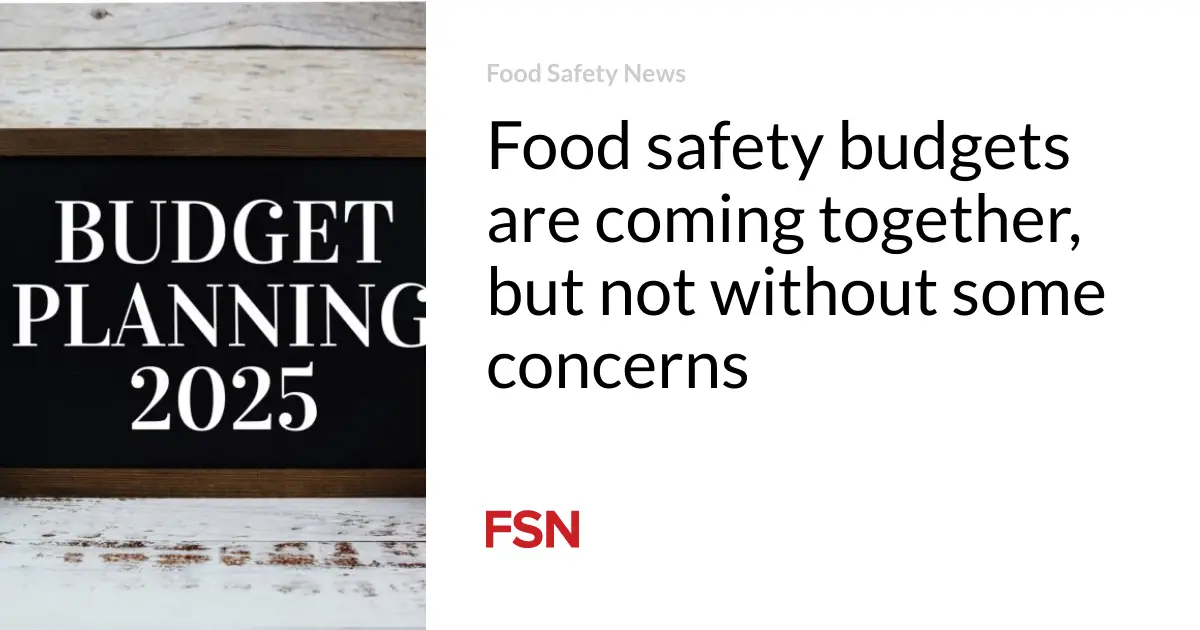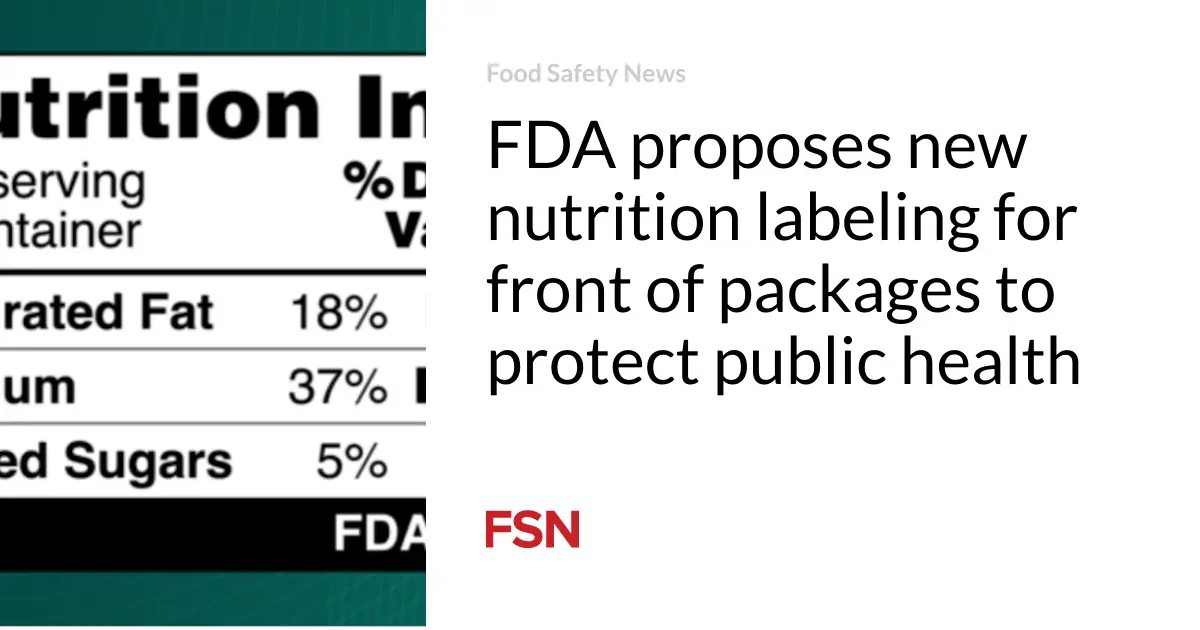
The USDA will have to live with about 1 percent less than this year next year, but the 2025 budget for the department’s Food Safety and Inspection Service will be $1.24 billion, up by $33.8 million from this year.
The USDA’s total budget for 2025 will be more than $22 billion, according to the 126-page recommendations that a powerful subcommittee made to the full House Appropriations Committee.
Meanwhile, the Senate Appropriations Committee on July 11 approved its version of the FY 25 Agriculture/FDA funding bill. It provides $6.87 billion in total funding for the FDA, which includes $3.544 billion in discretionary funding — a $22 million increase over fiscal year 2024, including $15 million more for food safety.
Senate Appropriations Committee Chairwoman Murray (D-WA) did not announce a floor schedule for considering the Agriculture/FDA funding bill. However, she did say that she expects the Committee to hold additional markup sessions on remaining appropriation bills when the Senate returns to session in two weeks.
The House Appropriations Committee, in a party-line vote of 29-25, did approve the FY 25 Agriculture/FDA Appropriations subcommittee bill, which is $182 million below the President’s request.
The last of the twelve appropriation bills in the House, provides $3.5 billion for FDA’s Salaries and Expenses account. This is $22 million below the FY 24 level. This reduction means that the agency will have to absorb mandatory pay increases. Also, the bill does not provide any funding for Buildings and Facilities.
Committee Chairman Tom Cole (R-OK) said: “The bill also provides an appropriate level of funding for the Food and Drug Administration, ensuring that it can fulfill its primary mission of protecting and promoting the safety of America’s food, pharmaceuticals, and medical devices.”
Subcommittee Ranking Member Sanford Bishop said: “We should ensure that the USDA, FDA, CFTC, and other agencies have the resources needed to continue to provide America with the highest quality, the safest, the most abundant, and the most affordable food and fiber, medicine and medical devices anywhere in the world.”
No amendments were offered, impacting FDA funding levels. Instead, references to the FDA centered on provisions in the bill regarding limits on the FDA’s regulatory authorities.
The House is in recess this week for the Republican National Convention. It is then scheduled for sessions on July 22 and 29. The plan is to complete full House consideration of the seven remaining appropriation bills, including Agriculture/FDA, before the extended recess starts on August 2.
The Ag/FDA spending bill adopted by the House Appropriations Committee was disappointing. It provides the FDA with about $20 million less in taxpayer money in FY 25 than is available to the agency in the current fiscal year. As a practical matter, the decrease is much more significant because the diminished level of FY 25 funding will nonetheless need to fund new initiatives, program growth, mandatory salary increases, and building and facilities repairs. The net loss for the Agency is at least $150 million compared to the FY 24 final appropriations.
The Senate Appropriations Committee-adopted Ag/FDA funding bill is an improvement, but it still leaves the agency with significantly less money than it will need in FY 25. It includes a small increase of $22 million in taxpayer spending. However, the Agency will still need to pay well above that amount for new initiatives, program growth, and mandatory salary increases. The net loss for the agency is at least $100 million compared to the FY 24 final appropriations.
The Alliance for a Stronger FDA and Steven Grossman, its executive director, were the most useful sources for this report. Grossman is now concerned about the budget levels emerging on both the House and Senate sides.
“FDA continues to enjoy bipartisan support in Congress, as reflected by members’ statements supporting the agency’s importance,” Grossman said. “Additionally, there is uncertain potential that a higher spending limit in the Senate may ease spending constraints. We will continue pressuring Congress to recognize and fund the FDA’s vital work. We also welcome any development that could increase total federal spending and translate into tangible support for the FDA’s expanding mission and growing responsibilities.”
He says going back to the current FY 24 funding cycle is helpful.
“As part of the President’s Budget Request for FY 24, the Administration called for a $370 million increase for FDA in its BA (non-user fee) appropriations. This was not just the FDA’s view. The request would have had to be signed off on by HHS and OMB; they agreed that the FDA’s responsibilities were growing quickly and needed much more support,” Grossman says.
“In response, Congress held FDA’s FY24 funding at roughly the same level ($3.5 billion) from FY23 to FY24. To be more precise, the final amount decreased by $8 million,” he continued.
“Of course, the net impact was far worse than the stated amount. For slightly less money than it had in the prior fiscal year, the FDA had to absorb the cost of mandatory pay raises ($105 million) and find $50 million in existing program funding to reallocate for Congressionally specified initiatives. Beyond that, no allowance was made for other new initiatives in FY24 or for predictable program growth.”
Grossman says one of the Alliance’s greatest fears is the potential for a second year of “level funding” that masks a significant decrease in agency support. If that were to occur, the FDA’s spending power could be cut by as much as 10 percent in 18 months.
(To sign up for a free subscription to Food Safety News, click here.)






